Nickel scrap recycling: maximizing value for sustainable industry growth
The basics about nickel
Nickel, a versatile and resilient metal, is a crucial component in various industries worldwide. With its silvery-white luster and exceptional corrosion resistance, nickel finds extensive use in manufacturing stainless steel, where it enhances durability and resistance to rust and corrosion. Additionally, nickel plays a vital role in alloying, lending its strength and heat resistance to a wide range of materials, from electrical wiring to aircraft components. Beyond industrial applications, nickel also boasts significant utility in currency production, particularly in the minting of coins. Known for its conductivity and magnetic properties, nickel is indispensable in the production of rechargeable batteries and electronics. Overall, the diverse properties of nickel make it a cornerstone of modern industrial processes, contributing to advancements across multiple sectors.
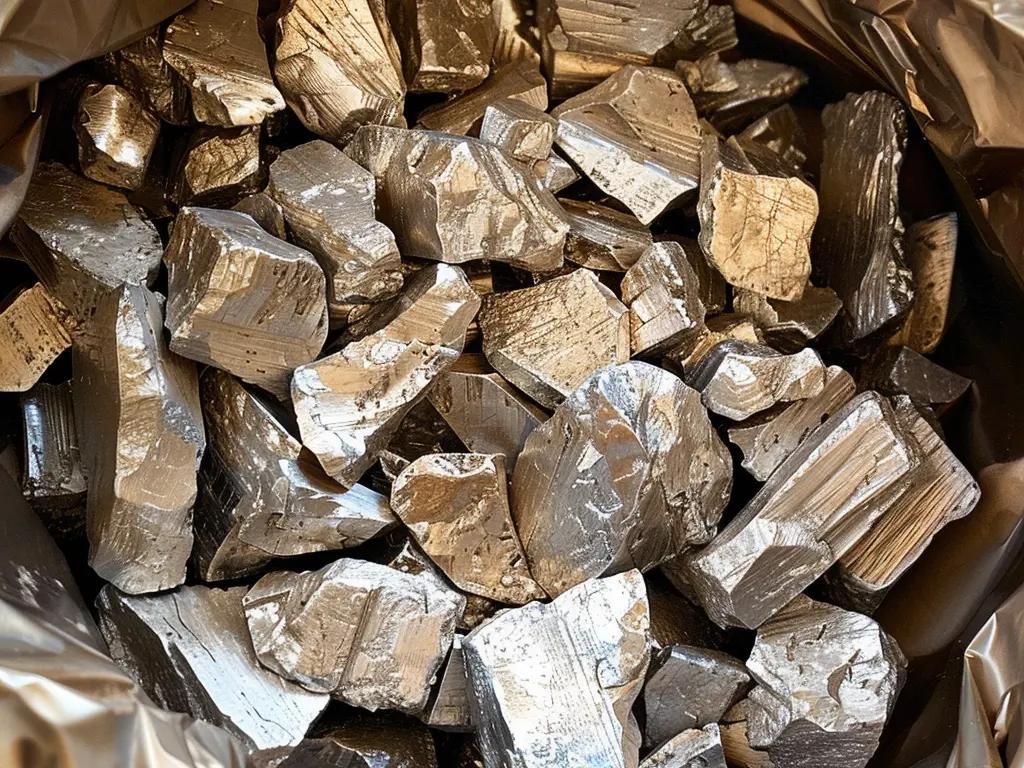
Which are the most common economic uses of nickel?
Nickel serves as a critical component in several economic sectors, with its primary application lying in stainless steel production. This alloy, comprising nickel alongside iron and chromium, exhibits exceptional corrosion resistance, making it a staple in construction, automotive, and infrastructure projects. The aerospace industry heavily relies on nickel-based superalloys for their outstanding strength and high-temperature resistance, crucial for turbine engines and aircraft components. Moreover, nickel's conductivity properties make it indispensable in the manufacturing of rechargeable batteries, powering an array of electronic devices, from smartphones to electric vehicles. Its role in coinage and currency production further underscores its economic significance. Overall, nickel's versatility and durability make it indispensable across various industries, driving economic growth and innovation worldwide.
The nickel recycling journey and its challenges
The journey of nickel recycling is a testament to the evolving landscape of sustainability and resource management. As industries strive to reduce their environmental footprint and conserve valuable resources, recycling nickel has emerged as a pivotal practice. The process begins with the collection of nickel-containing materials, such as stainless steel scrap, electronic waste, and industrial by-products. These materials undergo sorting and processing to isolate nickel-bearing components, which are then refined and purified through various methods, including pyrometallurgical and hydrometallurgical processes. Once purified, the recycled nickel can be reintroduced into the production cycle, serving as a raw material for the manufacturing of new products. However, despite its potential benefits, the journey of nickel recycling is not without its challenges. One significant obstacle is the complexity of nickel-containing materials, which often comprise various alloys and compounds.
This complexity complicates the recycling process, requiring advanced sorting and separation techniques to extract valuable nickel components effectively. Additionally, contaminants and impurities present in recycled materials can adversely affect the quality of the final product, necessitating stringent quality control measures. Moreover, the economics of nickel recycling pose challenges for industry stakeholders. Fluctuations in commodity prices, coupled with the high energy and operational costs associated with recycling processes, can impact the viability of recycling initiatives. Furthermore, the availability of recycling infrastructure and technology varies across regions, influencing the accessibility and efficiency of nickel recycling practices. While recycling helps mitigate the environmental impact of primary nickel production, certain recycling processes may themselves generate emissions and waste streams.
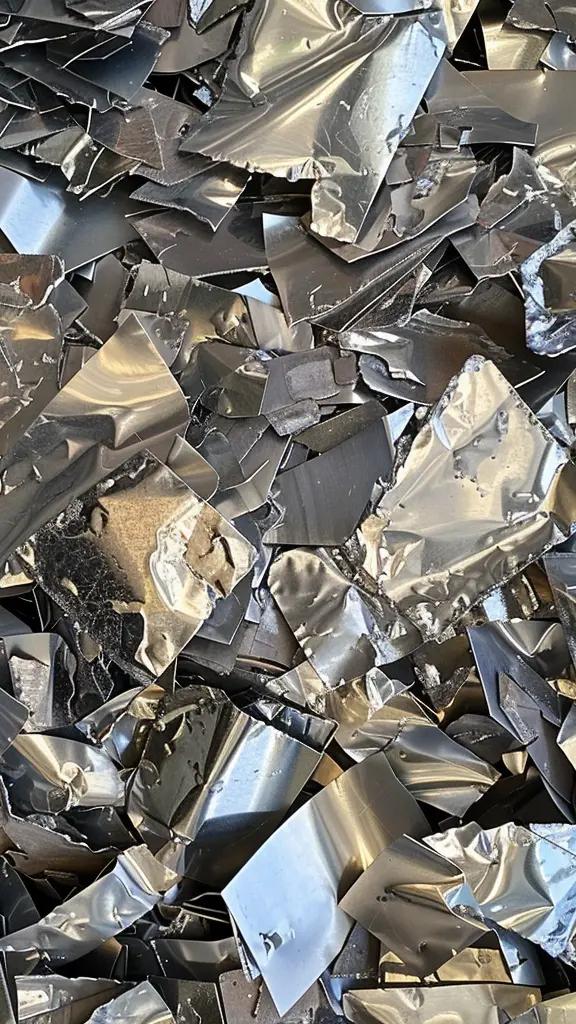
Where does nickel scrap come from?
Manufacturing and production facilities
Demolition and construction sites
Automotive sector
Electronics and electrical equipment
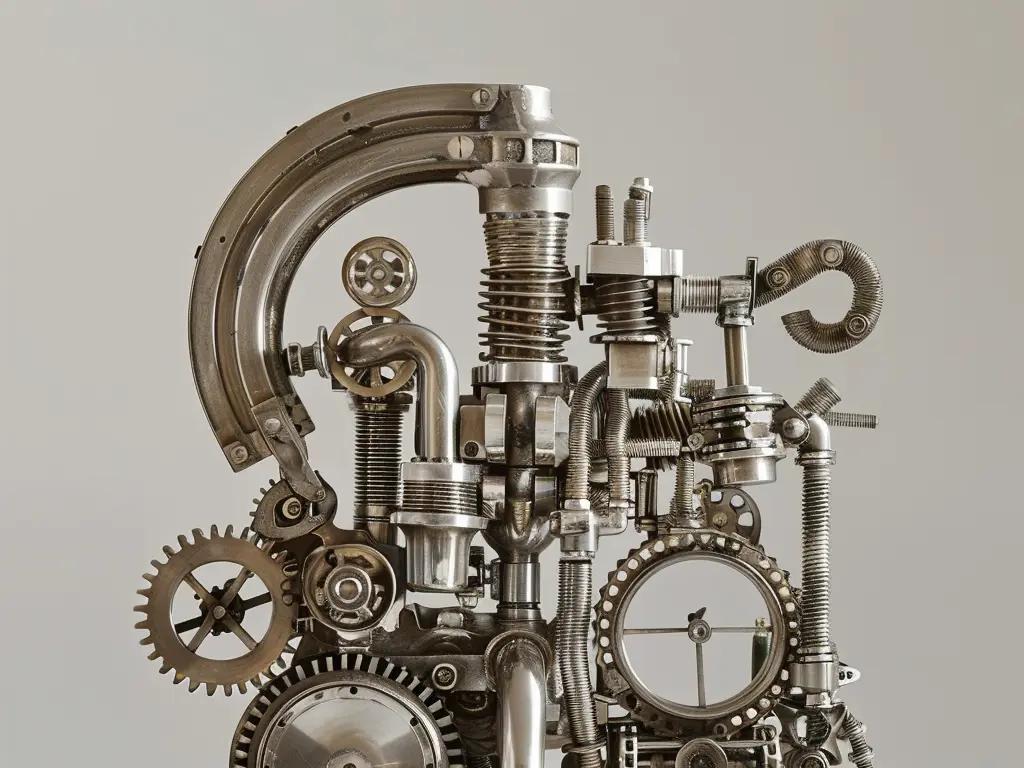
Types of nickel scrap
According to the Institute of Scrap Recycling Industries (ISRI), nickel scrap is classified into several categories based on its composition and characteristics. One common classification includes "Stainless Steel Scrap," which encompasses nickel-containing stainless steel alloys used in a wide array of applications. Another category is "High-Temperature Alloys," which includes scrap from superalloys utilized in aerospace, automotive, and industrial sectors. ISRI also recognizes "Electronics Scrap," which comprises various electronic devices and components containing nickel, such as circuit boards and connectors. Additionally, "Plating Residues" represent nickel-containing residues generated during electroplating processes. ISRI's classification system provides a comprehensive framework for understanding and managing different types of nickel scrap in the recycling industry, facilitating efficient processing and resource recovery.
Nickel scrap recycling offers significant environmental benefits by reducing the need for primary nickel extraction, which can involve energy-intensive processes and contribute to environmental degradation.
Additionally, recycling nickel scrap helps minimize greenhouse gas emissions associated with primary metal production, thereby mitigating climate change impacts and promoting a more sustainable resource management approach.
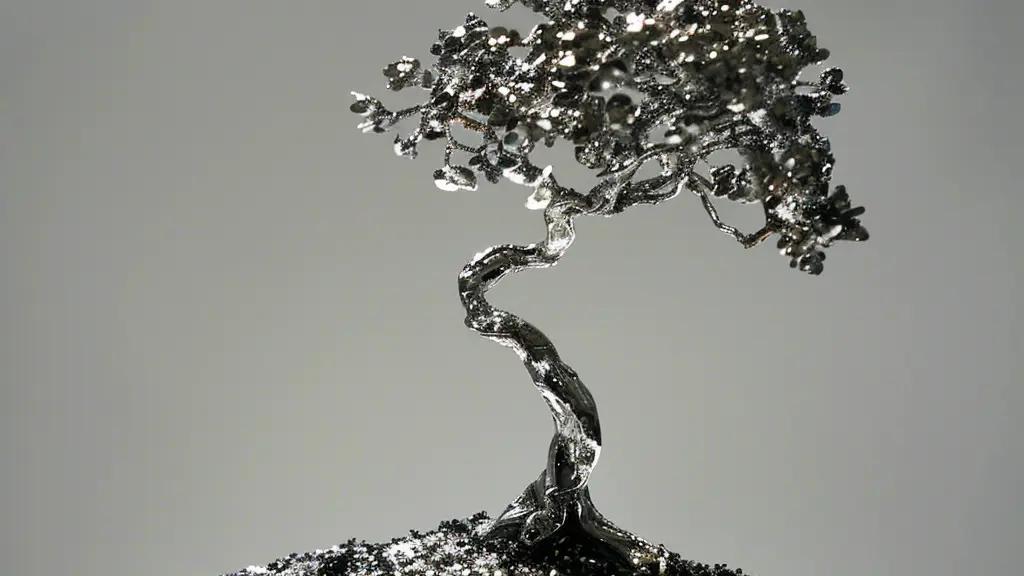
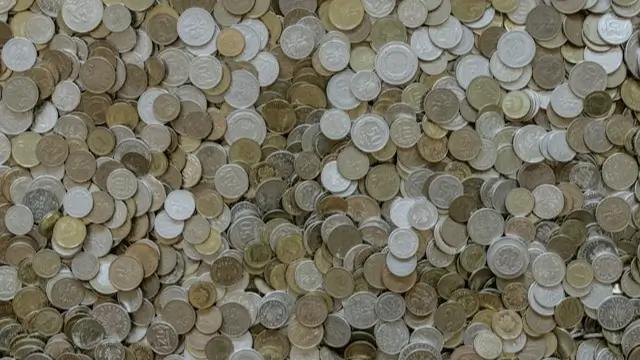
What are the top three countries that buy nickel scrap?

China
As a major industrial powerhouse, China has a significant demand for raw materials, including nickel scrap, to support its manufacturing sector and infrastructure projects.

South Korea
With a thriving steel industry and a focus on advanced manufacturing technologies, South Korea imports nickel scrap to meet its industrial needs for alloy production and fabrication.

Japan
Japan is renowned for its advanced technological sector and automotive industry, both of which require nickel-containing materials for various applications. As such, Japan imports nickel scrap to support its manufacturing base and maintain its position as a global leader in innovation.

Buying and selling nickel scrap with METYCLE
At METYCLE we buy and sell all types of nickel, especially aroma, burly, dandy and delta (as specified and defined by ISRI (Institute of Scrap Recycling Industries). We are metal specialists who will work closely with you to either find the best nickel for your requirements or to create immensely scalable business for your nickel scrap. Get in touch with us today to partner up with the world's leading scrap metal marketplace! We are based in Germany, and through us you get access to hundreds of suppliers and thousands of products - all while enjoying hassle-free shipping and customs and favourable payment terms.
Read more
Recycle metals with us
Recycle metals with us
Our metals
- Aluminum: the economic impact of recycling
- Copper: uncovering the sustainable scrap cycle
- Lead: the journey of scrap metal recycling towards a greener future
- Magnesium: scrap as a renewable resource for circular economy
- Nickel: scrap recycling as a value maximizer for sustainable industry growth
- Zinc: the sustainable promise of scrap recycling
Inside METYCLE
Inside METYCLE
Engineering and Technology at Metycle
Want to stay updated via WhatsApp?
Stay ahead with METYCLE's products! Join our WhatsApp broadcast channel to receive real-time updates on available metals and unbeatable deals. Explore our current product offerings and never miss out on the best opportunities!
© 2025 METYCLE
